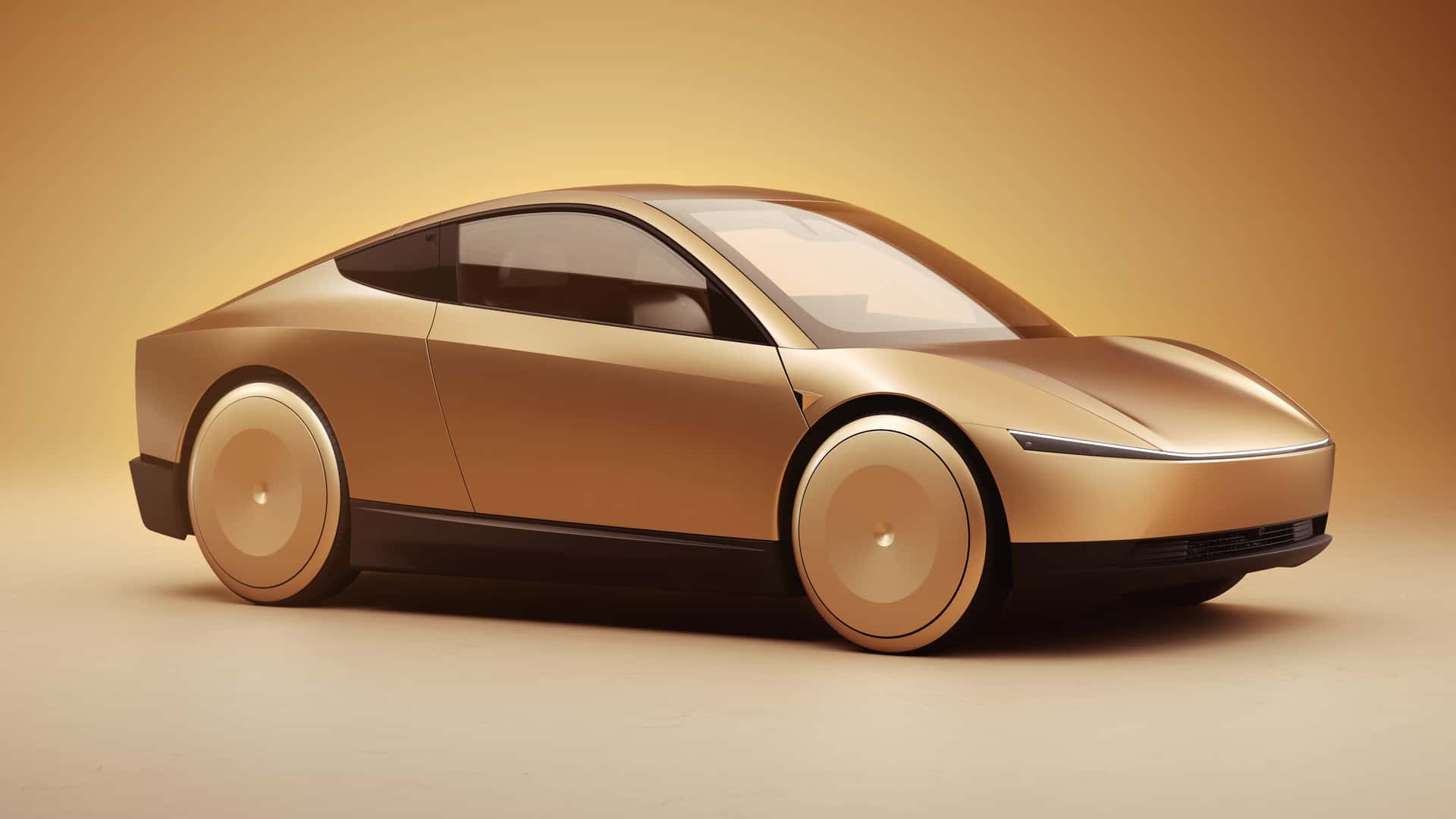Tesla debuts its long-awaited RoboTaxi while also surprising the world with the RoboVan concept. But are these concepts enough to help the company stem a brain drain as more of its top executives leave for other firms? CEO Elon Musk is confident that the company can still move full-speed ahead as the firm prepares to expand its reach into autonomous mobility technology.
Cybercab pushes Tesla into the taxi wars
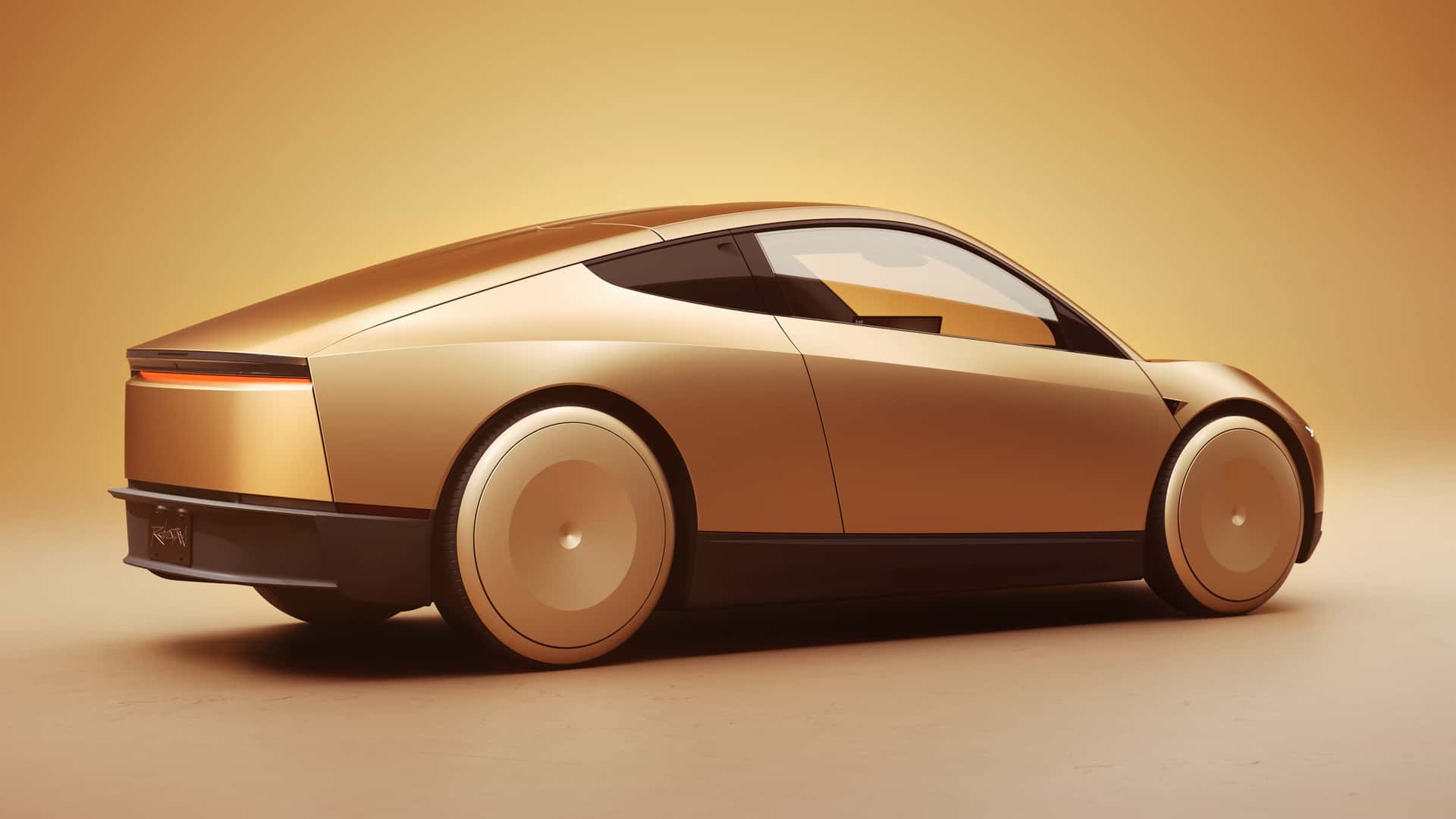
As the first part of its name implies, the Cybercab borrows its front end from the polarizing Cybertruck with the front fascia getting the same thin LED light strip. However the coupe is much smaller and has a more aerodynamic shape with a flowing roofline that leads to the simple rear end with that space getting an LED taillight bar.
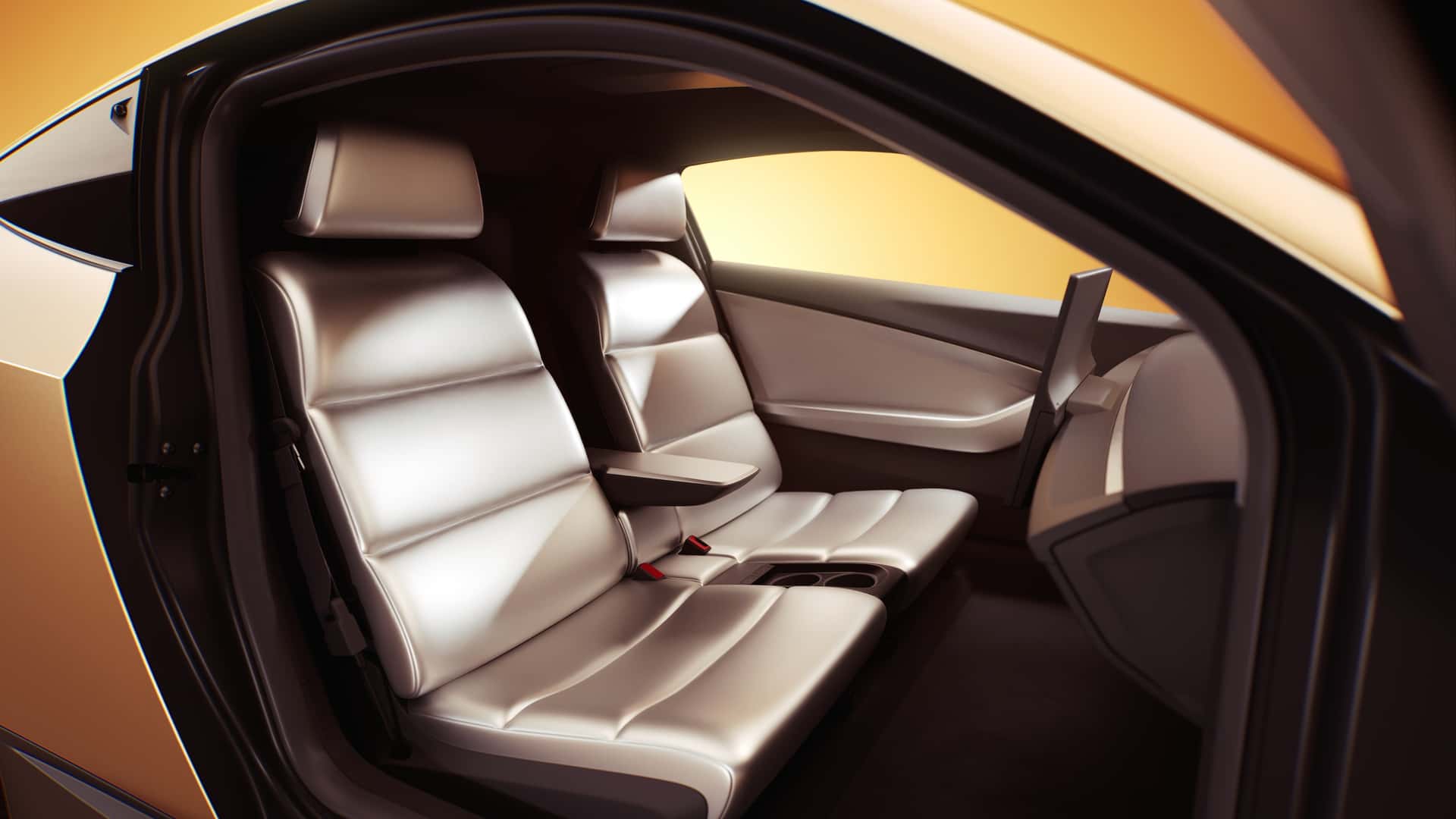
The interior comes with only two seats and no pedals or steering wheel are equipped. Instead, the cabin is dominated by a large screen with the screen being the central hub for passengers to interact with while they are in the vehicle. Tesa didn’t reveal any performance or range figures for the Cybercab but Elon Musk says that the public can purchase one for under $30,000. Look for that price to please some fleet and taxi companies but Tesla will face an uphill battle not only from other EV rivals and apps like Uber, but also legacy taxi firms that have resisted the change and instead opted to continue maintaining their aging but sturdy fleet of Ford Crown Victoria sedans. In addition to the low price, the cabs will also not have traditional charging cables and will instead have their batteries charged by an inductive type charging system.
Robovan is the surprise of the night
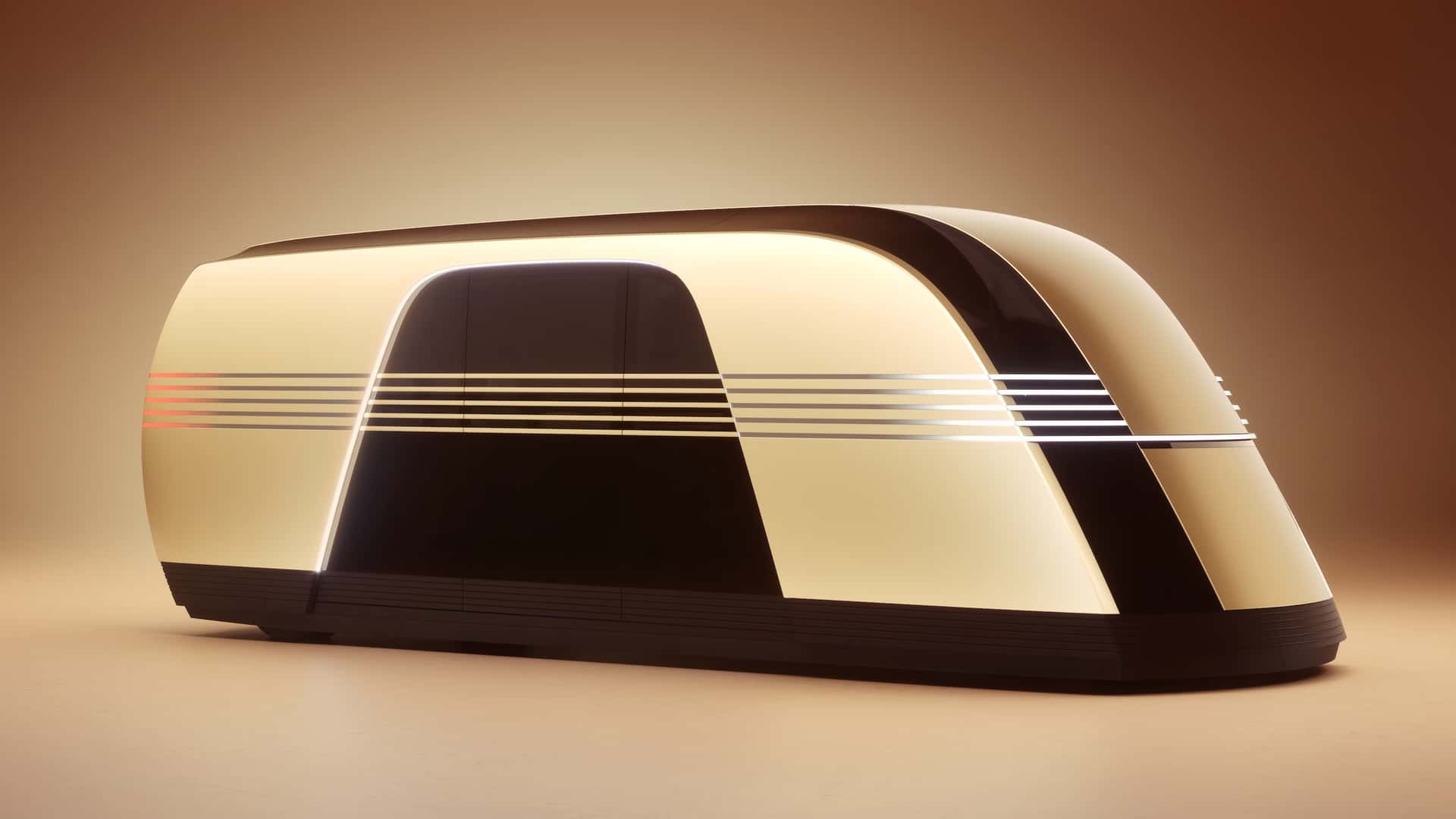
While the Tesla Cybercab was arguably the star of the show, Musk continued to live up to his reputation for surprises and unveiled a never before seen Robovan concept. Calling it a van is a stretch at best with the concept having a slight resemblance to streamlined locomotives of the 1930s with the concept clearly being designed to haul plenty of passengers and cargo. No specs on the concept were revealed, but the “van” was designed to haul up to 10 people with the front and rear trunks being used to haul bulky luggage and cargo.
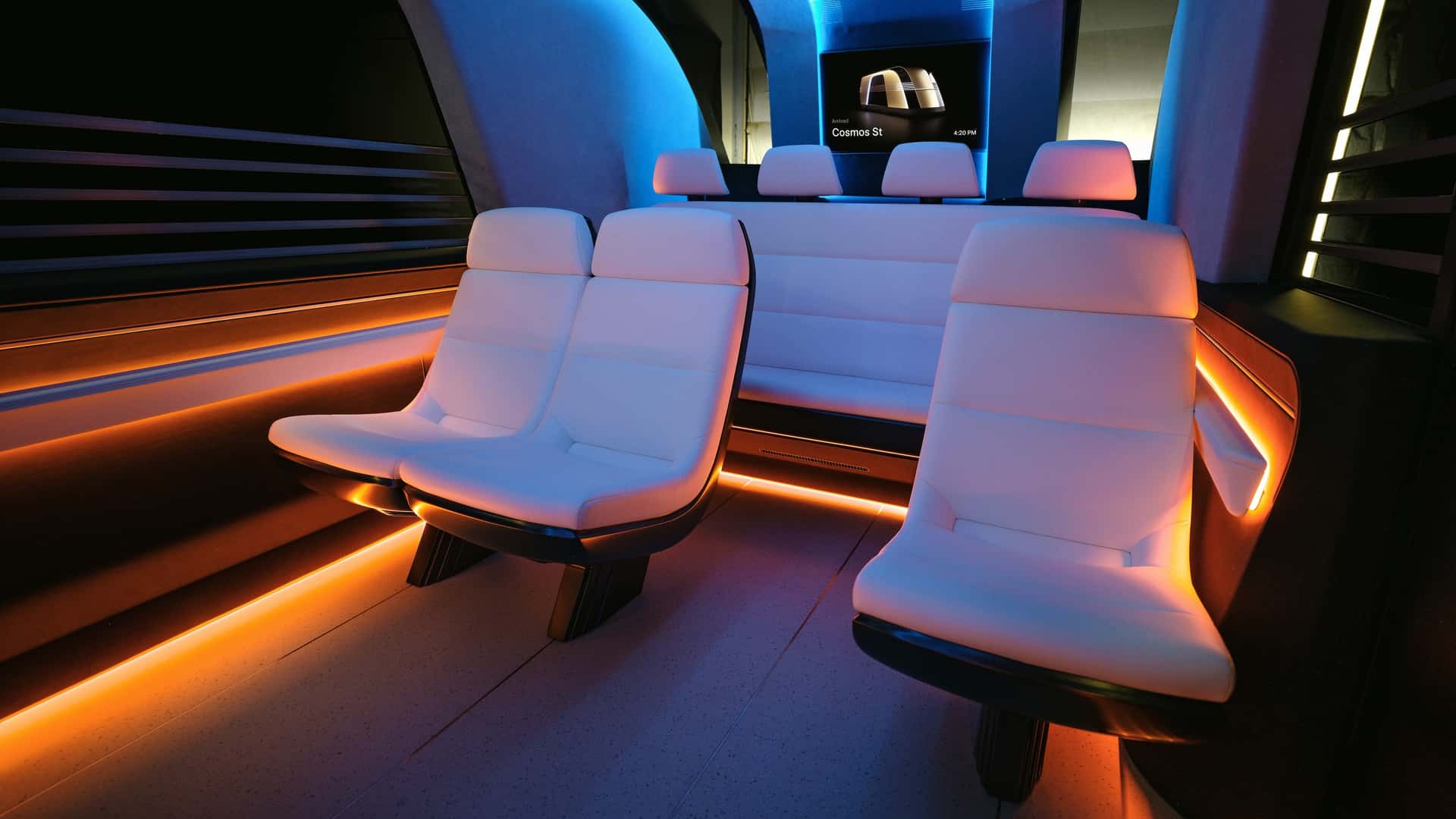
The front and rear light strips are unified by a straked design element that wraps around the entire vehicle with the interior having a fresh lounge-like atmosphere. The concept also has a ramp system in place to allow passengers with wheelchairs to use the service with passengers also using a large screen to help input information and get access to key features.
Will we ever see these enter production?
While both of these concepts promise to push Tesla into multiple segments of the mobility market, they are bound by one common theme that has come to define some of the company’s more ambitious vehicular adventures, broken promises. While the company has indeed produced its current lineup of vehicles in sufficient numbers, it still has failed to launch the Tesla Roadster and the Tesla Semi truck has not even hit some of the ambitious production and sales targets that it released a few years ago.
Meanwhile, the Tesla Cybertruck has so far been a proverbial flop for the company with the wedge-shaped truck getting repeated recalls and price cuts as the company struggles to move a growing pool of unsold pickups from its inventory lots.

Carl Malek has been an automotive journalist for over 10 years. First starting out as a freelance photographer before making the transition to writing during college, his work has appeared on numerous automotive forums as well as websites such as Autoshopper.com.
Carl is also a big fan of British vehicles with the bulk of his devotion going to the Morgan Motor Company as well as offerings from Lotus, MG, and Caterham. When he is not writing about automobiles, Carl enjoys spending time with his family and friends in the Metro Detroit area, as well as spending time with his adorable pets.

